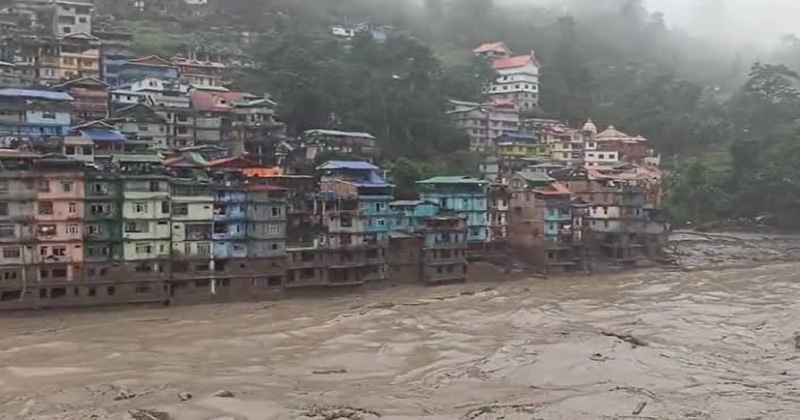
A cloudburst over Lhonak Lake in northern Sikkim has resulted in a flash flood in the Teesta River basin, causing the loss of at least eight lives and leaving nearly 70 individuals missing, including 22 army personnel. This Glacial Lake Outburst Flood (GLOF) event has also swept away the Chungthang Teesta Urja Dam, with videos of the devastating destruction widely circulating on social media.
Environmental experts have assessed that there are more than 200 glacial lakes at risk of outbursts. Research has indicated that the Teesta Valley is home to infrastructure such as dams, numerous settlements, and valuable assets that are exposed to the hazards of GLOFs.
Ashim Sattar, affiliated with the Department of Geology and Environmental Geosciences at the University of Dayton in the USA, emphasized the necessity for a comprehensive environmental impact assessment and potential GLOF risk mitigation measures. Sattar was a co-author of a 2021 paper concerning the future GLOF hazards associated with the South Lhonak Lake in the Sikkim Himalaya.
Environmental advocates have long emphasized the significance of remote glacial lakes situated in unpopulated mountain valleys. While these lakes are typically located in isolated and uninhabited mountain valleys, the impact of a GLOF can extend downstream for tens of kilometers, potentially affecting assets and communities in its path.
The recent flash flood in Sikkim underscores the urgent need for awareness and measures to address the risks associated with glacial lakes and GLOFs, especially in regions vulnerable to climate change impacts.

Post Your Comments